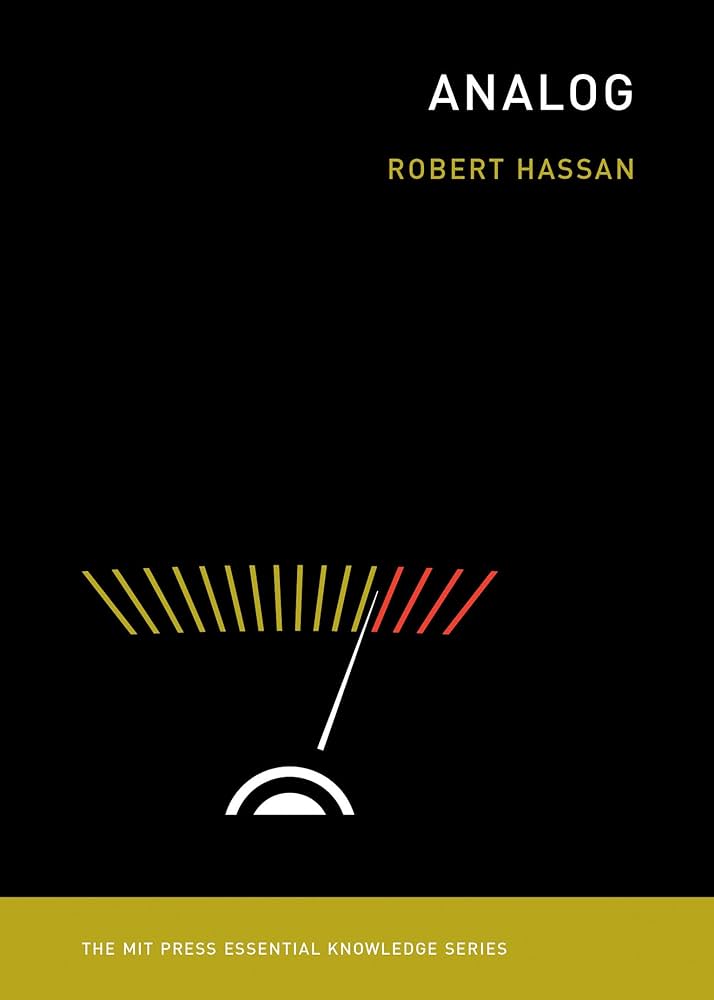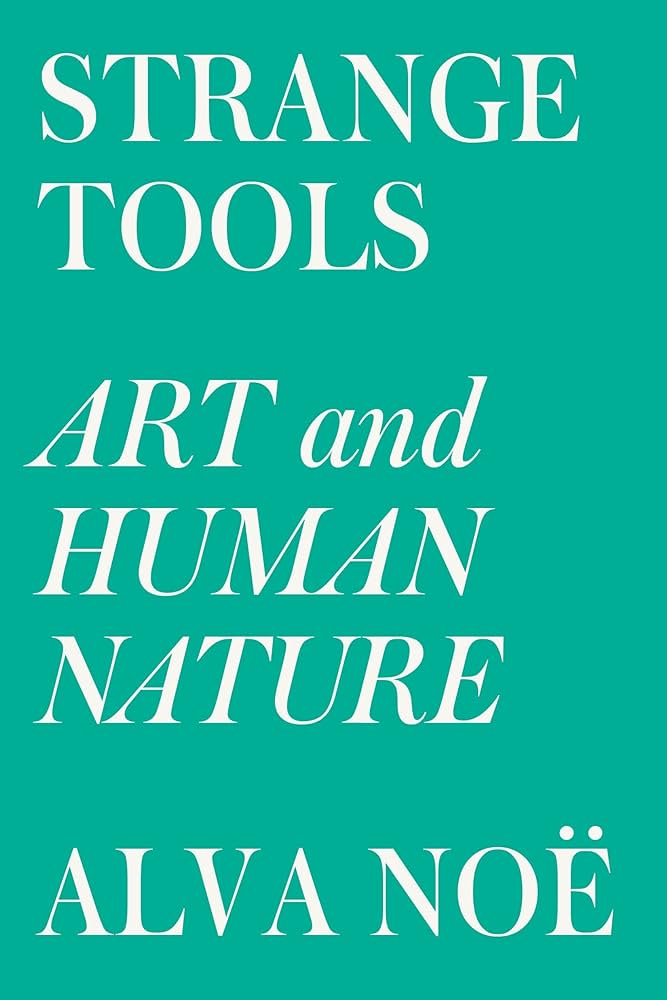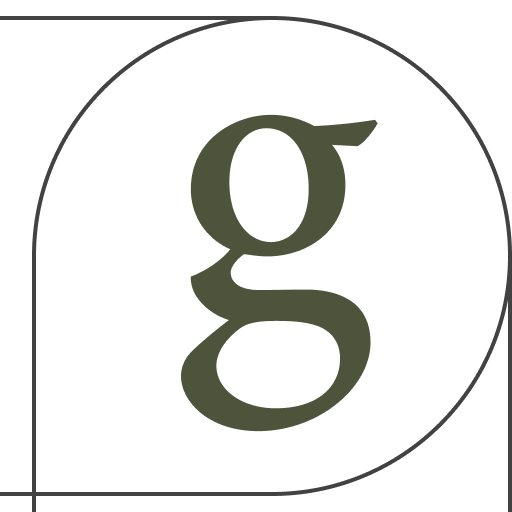The Gym No. 19: How to care about technology, part I
An effort to pin down some strong vibes on reading, writing, tools, and attention
(Hey friends! This is my first letter since TinyLettter went away, and I’m trying out this new platform for the first time. So let me know if anything seems weird.)
Last week, my teenage kids wrapped up academic years for which many of the course texts were poorly designed digital slide decks, which they were expected to study on broken-down Chromebooks with 11-inch screens.
This, of course, was demoralizing, for students as well as parents and guardians, who were put in the position of being expected to, um, support their children’s learning. There is nothing like a 20-slide history deck with ten thousand bullet points in 8-point font, set against an animating background of the American flag, to make you question your choices and push you into mid-life crisis mode.
At the same time, I find myself needing to wrest my own mind from the constraints of 1920 by 1080 pixels, the dimensions of the wide-format slide. As a longtime maker of published things, my thoughts tend to take the shape of media (too soon, yes), and some of the biggest questions in my life have to do with matching media to concept, purpose, audience. Slides are my current annoying thinking habit, as so much of what I do these days is create and share and respond to them.
Why? Although my job in corporate design is to create ways of doing things that are humane and even helpful, in practice, a large portion of my time at work is spent explaining why my peers and I should be doing all that. And although despite our efforts to make clear, boldly stated, inarguable arguments, with facts such as costs to be saved, customers to retain, and unnecessary work to be avoided, the slide presentation is just not the best way to align on table-stakes questions of business and change.
Our attachment to slides is an unintentional bug in our post-pandemic, hybrid corporate work world: When you can’t predict which of your audience members will be in the room with you, what size screen they’ll be using, the quality of their audio, or which collaboration tools they’ll have access to or know how to use, the slide is the common denominator.
You can predict, however, that your audience, chained to their distraction boxes, won’t be able to pay close attention much of the time you are showing them the slides.
Not so long ago, people used to stand at the front of a meeting room to speak, gesturing occasionally to a slide behind them to underscore an elocuted point. Today, the slide is in the foreground, often taking up the whole screen, while the presenter hunches over their computer. Sometimes presenters don’t even bother to put their video cameras on—that’s how secondary the human performance has become.
We email the slides along after the meeting is over, pretending that people will revisit them. Sometimes they do.
I don’t mean to dump on remote and hybrid offices—I prefer them! The flexibility to work wherever I can work best and to connect with colleagues in person when we all want to is so much more humane than a rigid, just-because, nine-to-five in-office schedule.
But we can do better at it than this. Right now, it feels like slides are the tools wagging our doggy-brains. Making and looking at (and ignoring) slides day in, day out, distracts us from unresolved existential questions. What are work meetings for? And what is happening—has happened already—to the ways we gather and share knowledge, to how and why we read?
***
A couple months ago, I picked up the book Analog by Robert Hassan, an Australian academic. I was part of Hassan’s target audience: we want to understand why we’re drawn to analog things—record players, flip clocks—even when we have arguably sleeker digital replacements. The book answers this question through a fantastically condensed history of humankind’s relationship to the tools they make. Proportionately, a lot of the focus is on writing, printing, and their influence on human knowledge.

Analog made me want to revisit Alva Noë’s Strange Tools: Art and Human Nature, which covers tool-making and other “essential human activities.” (Several years ago, as part of Fusebox Festival, I attended a talk Noë gave about dancing—an essential human activity— choreography, and Deborah Hay.) Noë, a philosopher with a neuroscience bent, goes to great lengths to explain the reciprocity between an activity or practice and its output. The thing made changes the way we make.

And I didn’t revisit Marshall McLuhan directly, but Hassan covers him well: the media themselves—like the tools—are part of the message. How things come across is rarely a bug and always the point. (Disoriented and confused by an algorithm change, for example? That’s by design.)
All told, here’s what I learned:
Written language had an impact (yep, asteroid-level) on humanity at a scale similar to what many experts predict we’ll experience with generative AI. Writing allowed thoughts to exist separate from their thinkers. It basically made us **telepathic ** compared to how humans lived before.
The technology we use to communicate (writing, typewriters, text messaging—nods to Erika Hall and Walter Ong on secondary orality here, too) is inextricable from the way we think. We’re cyborgs, with technology built into the patterns in our brains.
Knowing how our tools work—even when they’re complex, being able to sense their workings through our embodied experience—is key. Analog tools enable us to do this—the way they work is analogous to how things work in our own experience of the world. When we understand tools at an experiential level, we can care about them, critique them, assess their effectiveness, and improve them.
But as our tools become less analogous to how we and the things around us move and behave—in relationship, dependency, pace—we become alienated from them and therefore unable to adequately critique them.
It’s hard enough to understand how we’re being changed in the moment of change, even when we do essentially understand what is going on. But if we don’t essentially understand what’s going on—if we don’t have analogy to our physical world as a frame of reference—we lose agency in how the tools and their outputs reciprocally influence us.
We fail to understand or pay attention to how we’re being changed. The tools wag our doggy brains. Everything you’ve read about how AI could take over, believable or not—this is how.
***
I’m going to pause here—continued in part II. xo, friends, and thanks for sticking with it.
***
